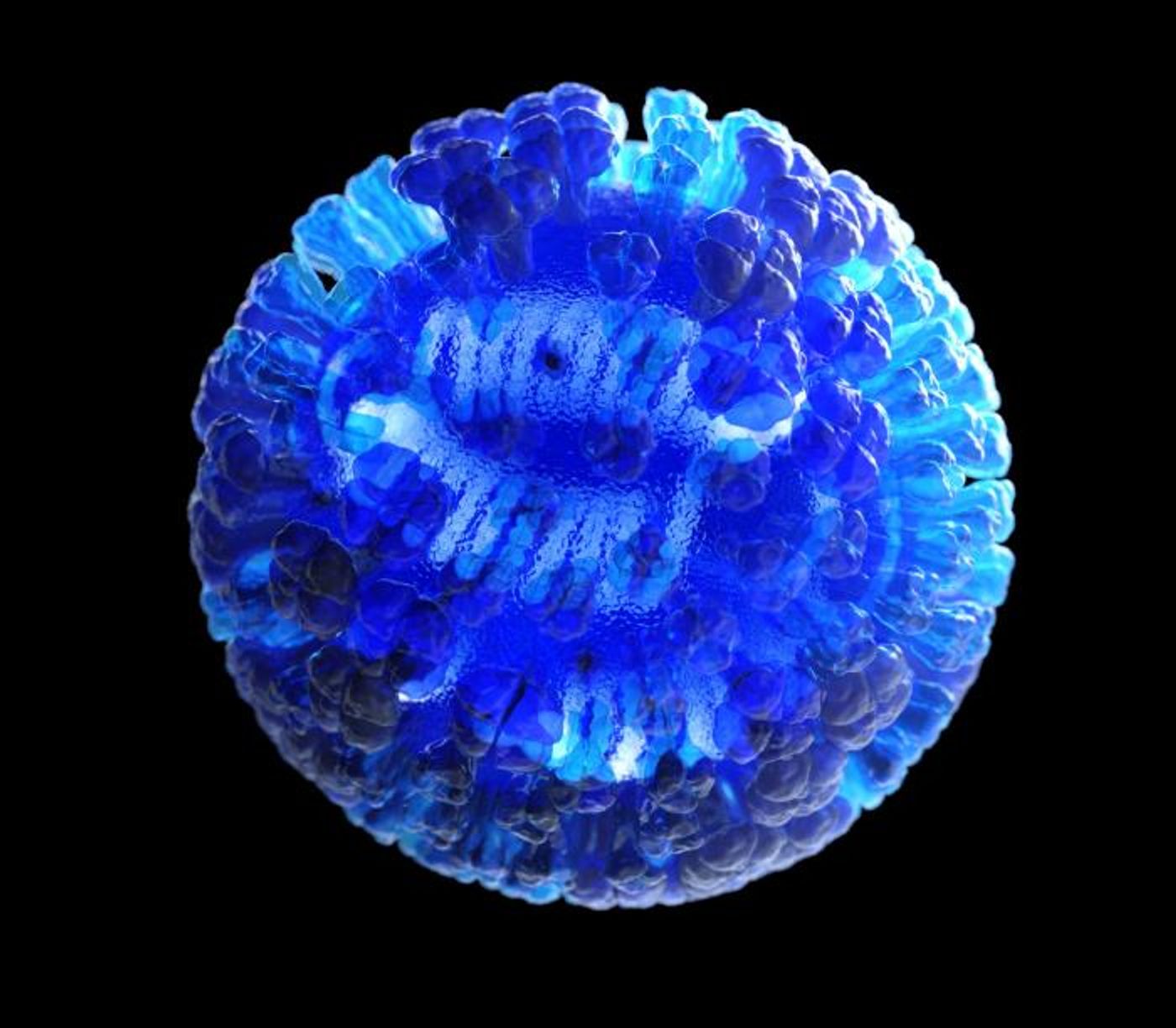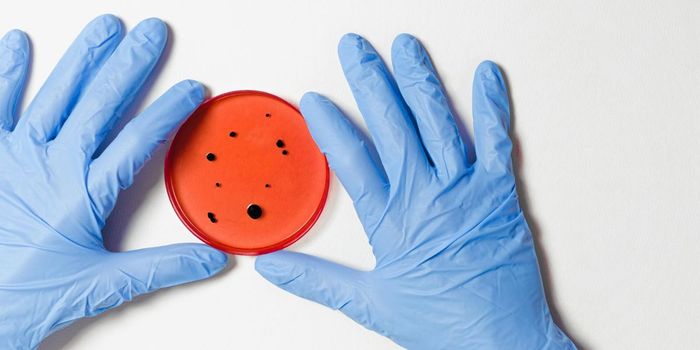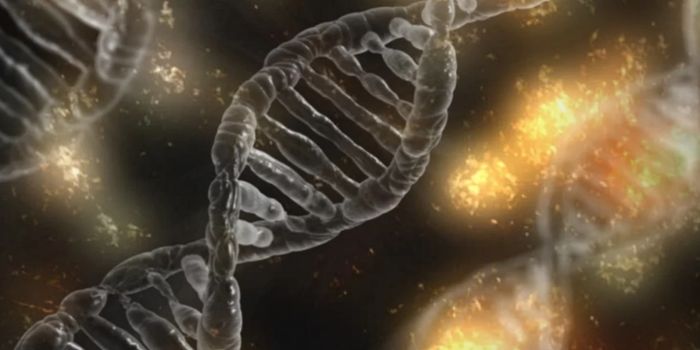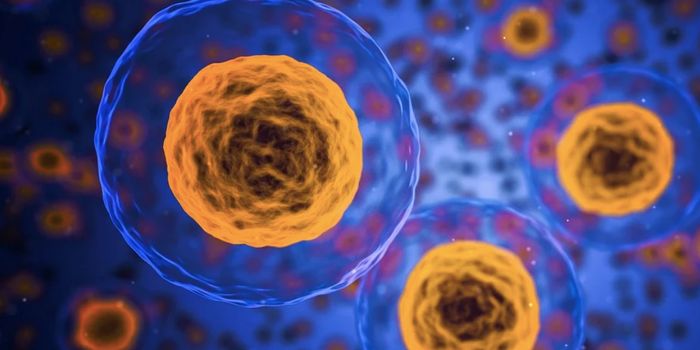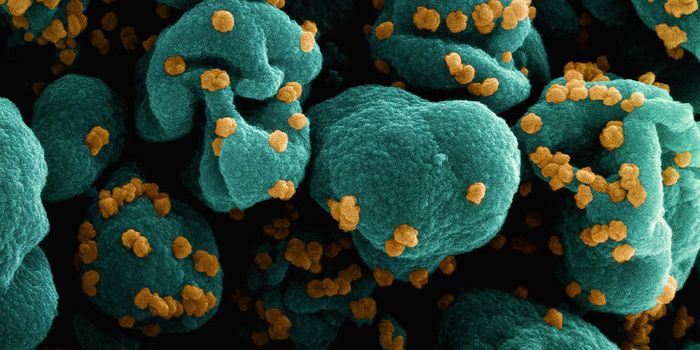Antibody Discovered That May be the Key to a Universal Flu Vaccine
Every year, scientists have to predict which strain of flu is most likely to spread and then design a vaccine that can protect against that strain. Researchers have been trying, however, to find a way to develop a universal shield against the flu. Now a team of investigators has advanced that effort. Their work, reported in Science, has identified an antibody that attaches to a protein called neuraminidase; the flu virus needs this protein to reproduce in the body. In mice, the antibody protected against various flu strains.
"There are many strains of influenza virus that circulate so every year we have to design and produce a new vaccine to match the most common strains of that year," explained co-senior study author Ali Ellebedy, Ph.D., an assistant professor of pathology and immunology at Washington University. "Now imagine if we could have one vaccine that protected against all influenza strains, including human, swine and other highly lethal avian influenza viruses. This antibody could be the key to [the] design of a truly universal vaccine."
Tamiflu, a widely used flu medicine, acts to inactivate neuraminidase, which sits on the viral surface and triggers infected host cells to release viral particles to infect other cells. But, different flu strains carry different kinds of neuraminidase, and so the drugs don’t always work. Antibodies identify and bind to foreign molecules, and an antibody to neuraminidase was found in a person hospitalized with the flu.
Ellebedy was investigating how the immune system responds to flu infection. He was assessing flu patient blood samples and found antibodies to the flu, and then discovered the neuraminidase antibody in one patient sample.
"At the time we were just starting, and I was setting up my lab so we didn't have the tools to look at what else the antibodies could be targeting," noted Ellebedy, an assistant professor of medicine and of molecular microbiology.
He transferred three antibodies to co-senior study author Florian Krammer, Ph.D., a neuraminidase expert and microbiology professor at the Icahn School of Medicine at Mount Sinai. Krammer tried the antibody out against a large stock of different types of neuraminidase. The activity of all known types of flu neuraminidase, even from different species, was blocked by one of the antibodies.
"The breadth of the antibodies really came as a surprise to us," said Krammer. "Typically, anti-neuraminidase antibodies can be broad within a subtype, like H1N1, but an antibody with potent activity across subtypes was unheard of. At first, we did not believe our results. Especially the ability of the antibodies to cross between influenza A and influenza B viruses is just mind-boggling. It is amazing what the human immune system is capable of if presented with the right antigens."
The researchers tested the antibody in a mouse model that received lethal doses of flu viruses. One antibody, called 1G01, provided protection against every one of twelve strains that were used, including three groups of flu virus from humans, avian, and other flu types.
"All the mice survived, even if they were given the antibody 72 hours after infection," They definitely got sick and lost weight, but we still saved them. It was remarkable. It made us think that you might be able to use this antibody in an intensive care scenario when you have someone sick with flu and it's too late to use Tamiflu," noted Ellebedy.
The researchers next had to learn more about how the antibody was disrupting neuraminidase activity. Co-senior study author Ian Wilson, DPhil, of Scripps Research is an expert on universal vaccines. He and Scripps staff scientist Xueyong Zhu, Ph.D., determined that loops in the antibody slide into neuraminidase’s active site, and prevent it from releasing viral particles from cellular surfaces, stopping the infection.
"We were surprised at how these antibodies managed to insert a single loop into the conserved active site without contacting the surrounding hypervariable regions, thereby achieving much greater breadth against the neuraminidase of different influenza viruses than we have seen before," Wilson said.
The researchers are trying to create vaccines and treatments that are based on antibody 1G01.
"Neuraminidase has been ignored as a vaccine candidate for a long time," Ellebedy says. "These antibodies tell us that it should not have been overlooked. Now that we know what a broadly protective antibody to the neuraminidase looks like, we have an alternative approach to start designing novel vaccines that induce antibodies like this. And that could be really important if we are going to figure out how to design a truly universal vaccine."
Sources: Science Daily via Scripps Research Institute, Science
